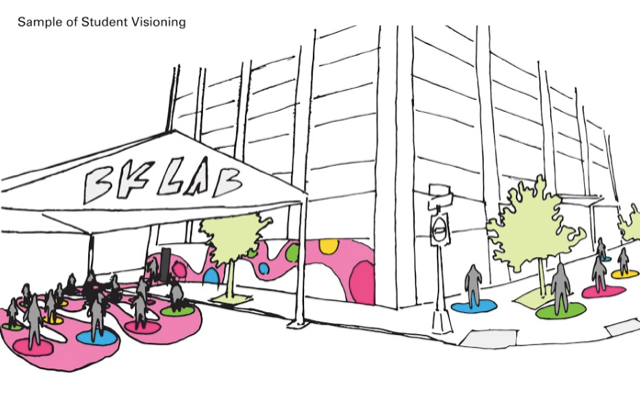As businesses begin to reopen across the county, many are following local regulations—which vary greatly market-to-market—and curating best practices to keep users safe and comfortable through the transition period. While there is a lot of information floating around, there is no one-size-fits-all approach to re-opening. Instead, owners will need to consider the asset class, usage, space configurations and more to determine the best practices.
"Landlords must examine how people interact in shared spaces and what changes can be made to promote social distancing," Michael C. Cato, a partner with Crosbie Gliner Schiffman Southard & Swanson, tells GlobeSt.com. "Strategies for office buildings, where most traffic flows through a few entry and lobby areas, may be very different from industrial and retail projects, where many tenants have direct access to their space."
Policies will vary largely between asset classes. Length of stay and traffic patterns, for example, are different for offices and retail establishment. These properties also require different safety policies. "Owners of office projects should develop new protocols to manage traffic flow—particularly in dense areas such as elevator lobbies and cars—reduce common touch surfaces, and protect onsite personnel, tenants, vendors and visitors," says Cato.
Cato recommends that owners use protective gear and invest capital to make the necessary changes. "Landlords should consider providing face coverings and other personal protective equipment, or PPE, to reception, service and security personnel and installing plexiglass or other physical barriers to help separate staff from people entering the project," says Cato.
Industrial projects, on the other hand, will require policies governing deliveries and HVAC systems. "In an industrial project, key issues may be how deliveries are managed or whether HVAC systems designed to promote efficiency can be adjusted to provide better air filtration and outside air intake," says Cato. "Landlords should consider revising delivery protocols to limit face-to-face encounters between everyone concerned." This includes separating shipping and receiving areas from common spaces to limit cross contamination.
Retailers in many ways have already been practicing safety policies during the lock down. "For retail projects where tenants are operating at reduced capacity or on a take-out or curbside delivery basis, landlords may be focused on how to provide queuing areas that allow social distancing or use of parking areas to facilitate tenant's deliveries to their customers," says Cato.




